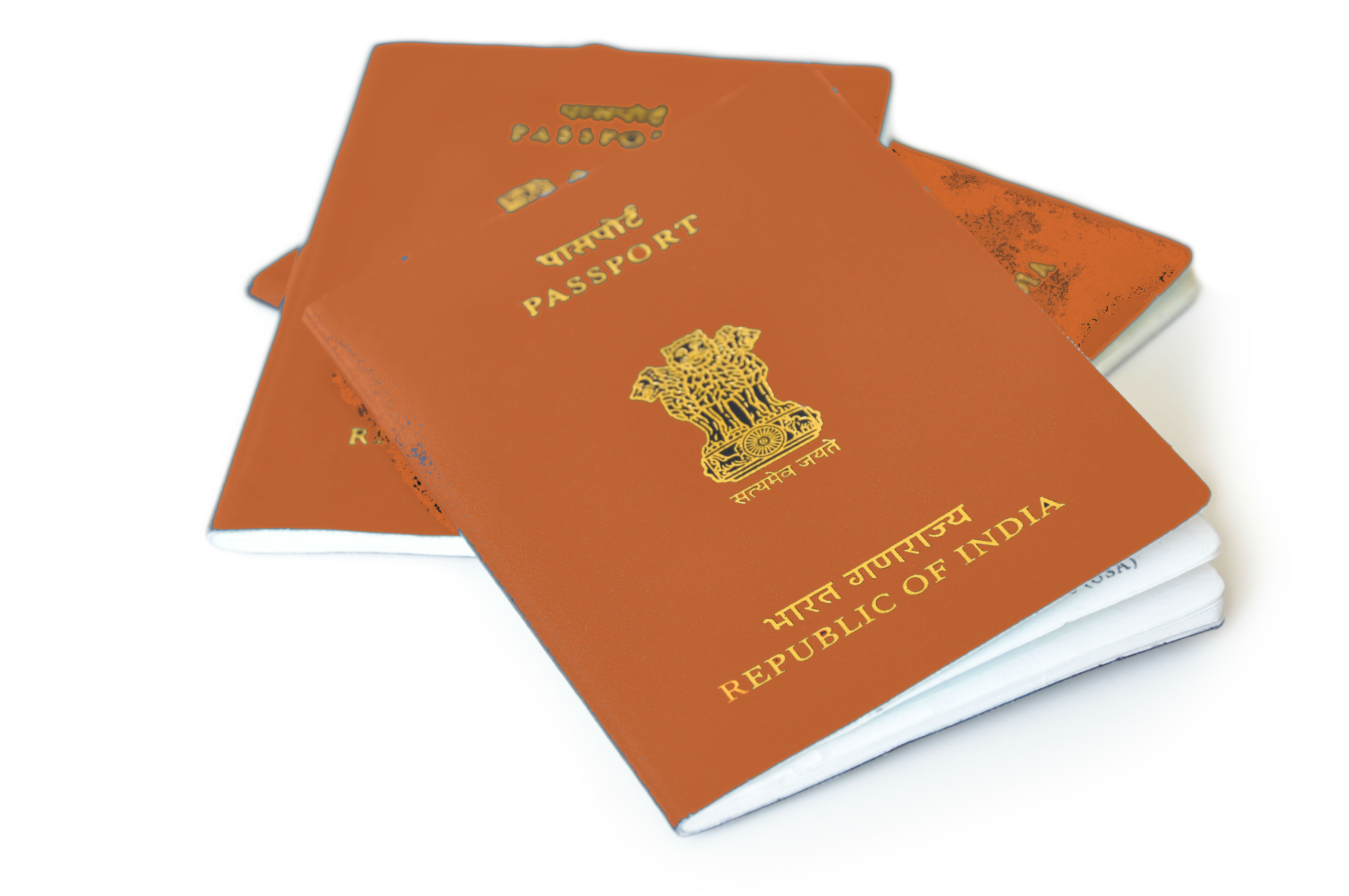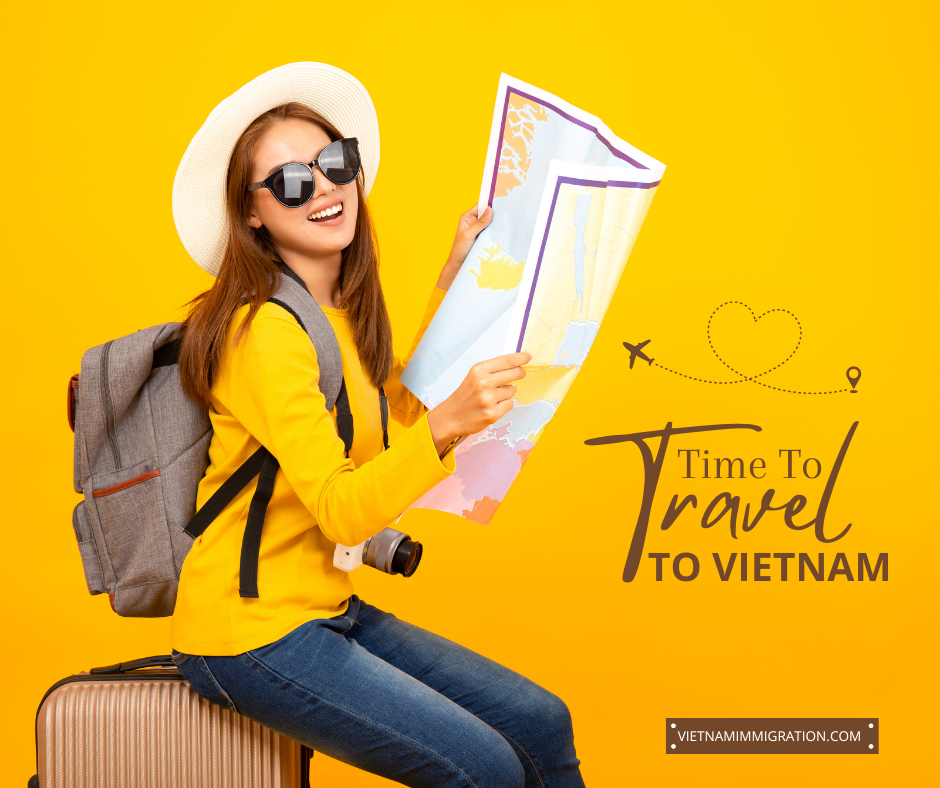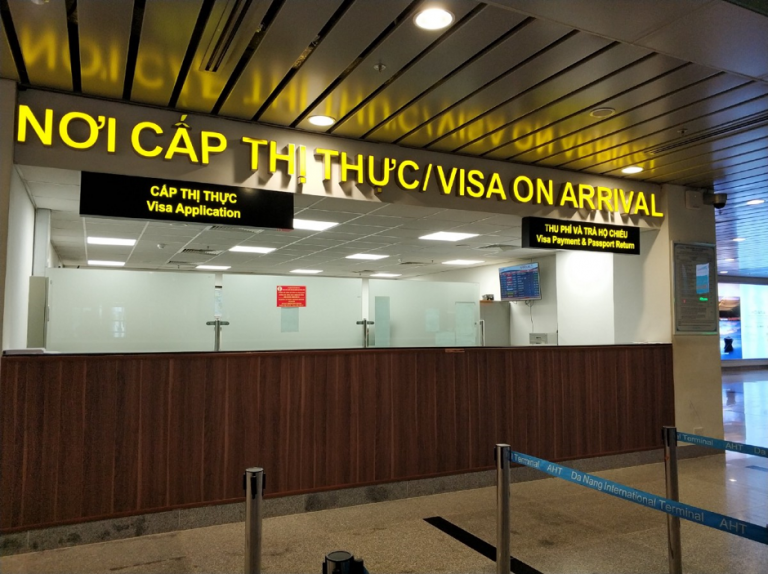
Vietnam has emerged as one of the top travel destinations for Indian tourists in recent years. From the mystical beauty of Ha Long Bay to the bustling energy of Ho Chi Minh City, there’s so much to explore and experience. But before diving into your adventure, you need to take care of a vital step — obtaining a Vietnam travel visa. While the process in 2025 is more streamlined than before, knowing which type of visa to apply for and how to apply can make all the difference. This guide is here to walk Indian passport holders through every step of the process, so your entry into Vietnam is as smooth as your journey ahead.
Vietnam does not offer visa-free entry for Indian nationals, so anyone travelling from India must secure a valid travel visa prior to their visit. Whether you’re heading there for a short vacation, cultural exploration, or a solo backpacking trip, a travel visa is mandatory.
The travel visa is designed for non-commercial visits such as leisure travel, sightseeing, or visiting friends and family. It’s crucial to apply for the right category of visa — using a business or work visa in place of a travel visa could result in visa rejection or complications at the border.
Understanding the purpose of your trip ensures that your visa application aligns with immigration requirements. The travel visa remains the most suitable option for Indian tourists who are visiting Vietnam for relaxation, cultural experiences, or guided tours.

Indian travellers can choose from three main types of Vietnam travel visas: the e-visa (electronic visa), the visa on arrival, and the visa issued by the Vietnamese embassy or consulate in India. Each option suits different needs depending on your travel preferences and timeline.
The e-visa is the easiest and most convenient way for Indian citizens to enter Vietnam. Valid for up to 90 days and available for both single and multiple entries, this visa can be applied for entirely online. Once approved, you receive a downloadable visa that you can print and present at designated airports, seaports, or land borders.
The visa on arrival is another practical option, especially for those flying directly to Vietnam. It requires you to obtain an approval letter online before departure. Once you land at a Vietnamese airport, you’ll present this letter along with your passport and other required documents to receive the visa at the airport.
Alternatively, you can apply for a travel visa through the Vietnamese embassy in New Delhi or the consulate in Mumbai. While this method may take longer and involve more paperwork, it is a viable option for those who prefer having the visa stamped into their passport before travel.
Your passport should be valid for at least six months beyond your intended arrival date in Vietnam and must have at least one blank page for the visa stamp. Without these basic requirements, your application may be delayed or denied.
For e-visas and visas on arrival, Indian applicants need to upload a scanned copy of their passport’s data page and a passport-size photograph with a white background. It’s important to follow the required photo dimensions and ensure the image is clear and recent.
During the application process, you’ll be asked to provide basic travel information, including your intended entry and exit points, accommodation details, and dates of travel. Double-checking this information for accuracy will help avoid unnecessary processing delays.
Although not always required, it’s a good idea to have supporting documents ready, such as return flight bookings or hotel confirmations. These can be useful in case immigration authorities request additional proof of your travel plans.

The e-visa is the most recommended option for Indian travellers in 2025 due to its speed and convenience. Begin your application by visiting a reliable visa service platform 👉 https://www.vietnamimmigration.com/apply-vietnam-visa/. Upload the necessary documents, fill out your travel details, and make a secure payment.
Processing typically takes three to five working days, but faster turnaround options are available for urgent travel. Once your application is approved, you’ll receive the visa via email, which you’ll need to print and carry with you.
Upon arrival in Vietnam, simply present your printed visa and passport at the immigration checkpoint. This paperless approach eliminates the need to visit a consulate or handle any paperwork on arrival, making it ideal for independent travellers and families alike.
It’s also worth noting that the e-visa is accepted at most international airports, land crossings, and seaports, giving Indian tourists more flexibility in choosing how and where they enter the country.
If you’re unable to complete the e-visa process before your departure or prefer an alternative option, the visa on arrival remains a reliable choice for Indian citizens arriving by air. Start by applying for an official approval letter online through 👉 https://www.vietnamimmigration.com/apply-vietnam-visa/.
After receiving the letter via email, print it and take it with you, along with two passport-sized photos and your original passport. Once you land at a Vietnamese airport, proceed to the visa on arrival counter to submit your documents and pay the stamping fee.
The visa will then be issued and attached to your passport, granting you entry into the country. This method is widely used and generally straightforward, although it does involve waiting in line at the airport, particularly during peak travel seasons.
Keep in mind that the visa on arrival is only valid for travellers entering Vietnam by air, so this method won’t work for those crossing into the country by land or sea.

Before leaving India, review your visa details thoroughly. Ensure that your name, passport number, and dates of travel are accurate. Errors could lead to denied entry or delays at immigration.
Keep multiple printed copies of your visa and essential travel documents. Immigration officers may request to see proof of accommodation, return flights, or even a rough itinerary, so it’s helpful to keep these on hand in your carry-on.
To make your arrival smoother, especially at busy airports like Hanoi or Ho Chi Minh City, consider booking a Fast Track immigration service. This optional add-on allows you to skip long queues and receive personal assistance during entry procedures.
And most importantly, avoid using unofficial or suspicious websites when applying for your visa. For peace of mind, use a trusted and established platform like 👉 https://www.vietnamimmigration.com/apply-vietnam-visa/ that offers guaranteed support and fast processing for Indian applicants.
Applying through a verified visa service helps you avoid errors, delays, and unnecessary stress. Our platform offers a 100% visa approval guarantee — or your money back — along with optional expedited processing as fast as 2 hours.
Our experienced support team checks each application for accuracy, ensuring you won’t face issues due to incorrect information or missing documents. Whether you need a single-entry visa for a short trip or a multiple-entry visa for extended stays, we’ve got you covered.
You’ll also benefit from around-the-clock customer support tailored for Indian applicants. If you need help during the process or have questions about documentation, our team is always ready to assist.
Apply confidently with us 👉 https://www.vietnamimmigration.com/apply-vietnam-visa/
For Indian travellers eager to explore Vietnam’s charm in 2025, a travel visa is the first step toward an unforgettable experience. With this guide, you now have the information and tools to choose the best visa type, prepare the right documents, and apply easily. Whether you prefer the convenience of an e-visa or the flexibility of a visa on arrival, your Vietnam adventure starts with the right preparation. Safe travels and enjoy your journey through one of Southeast Asia’s most captivating destinations!

